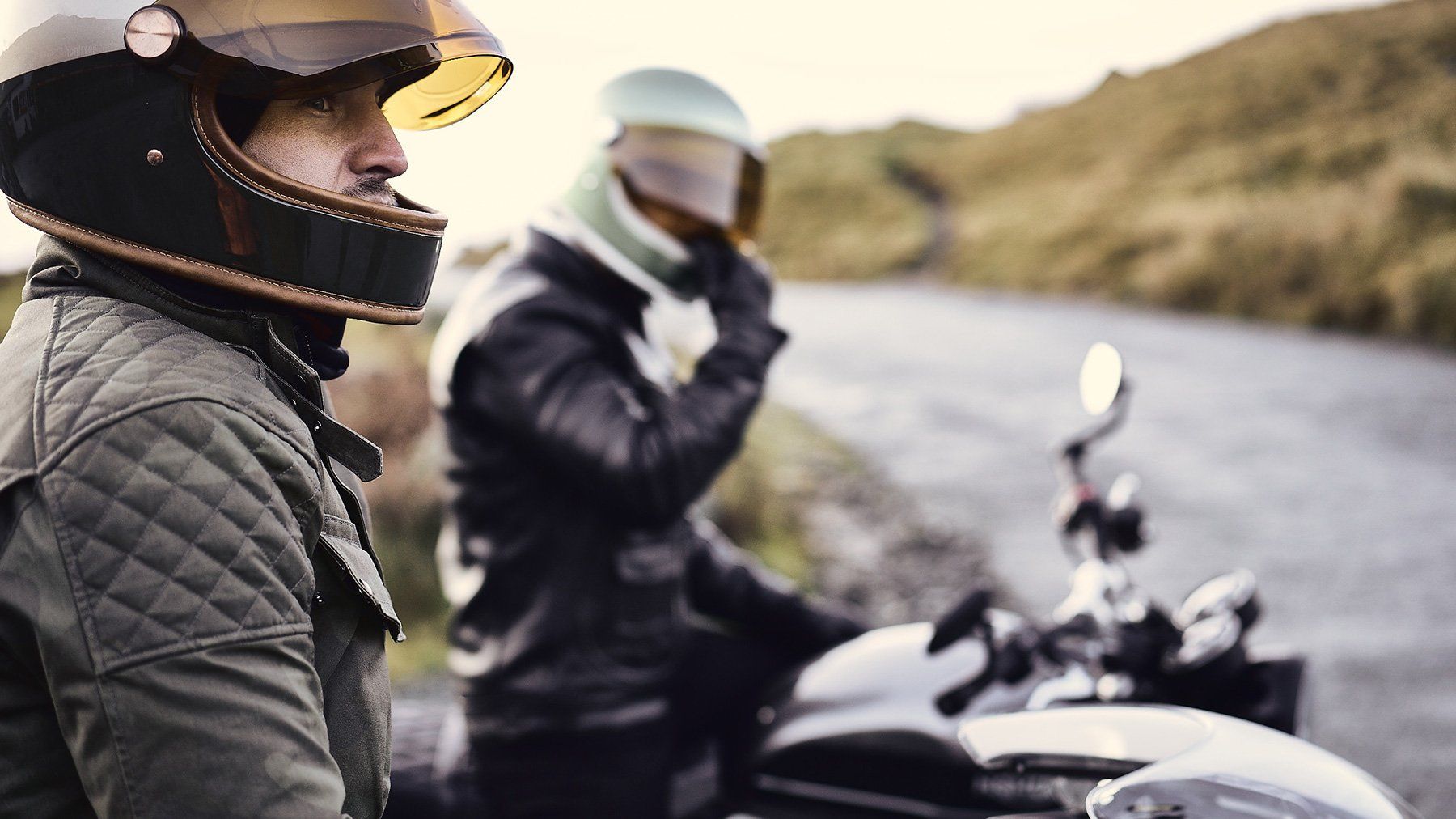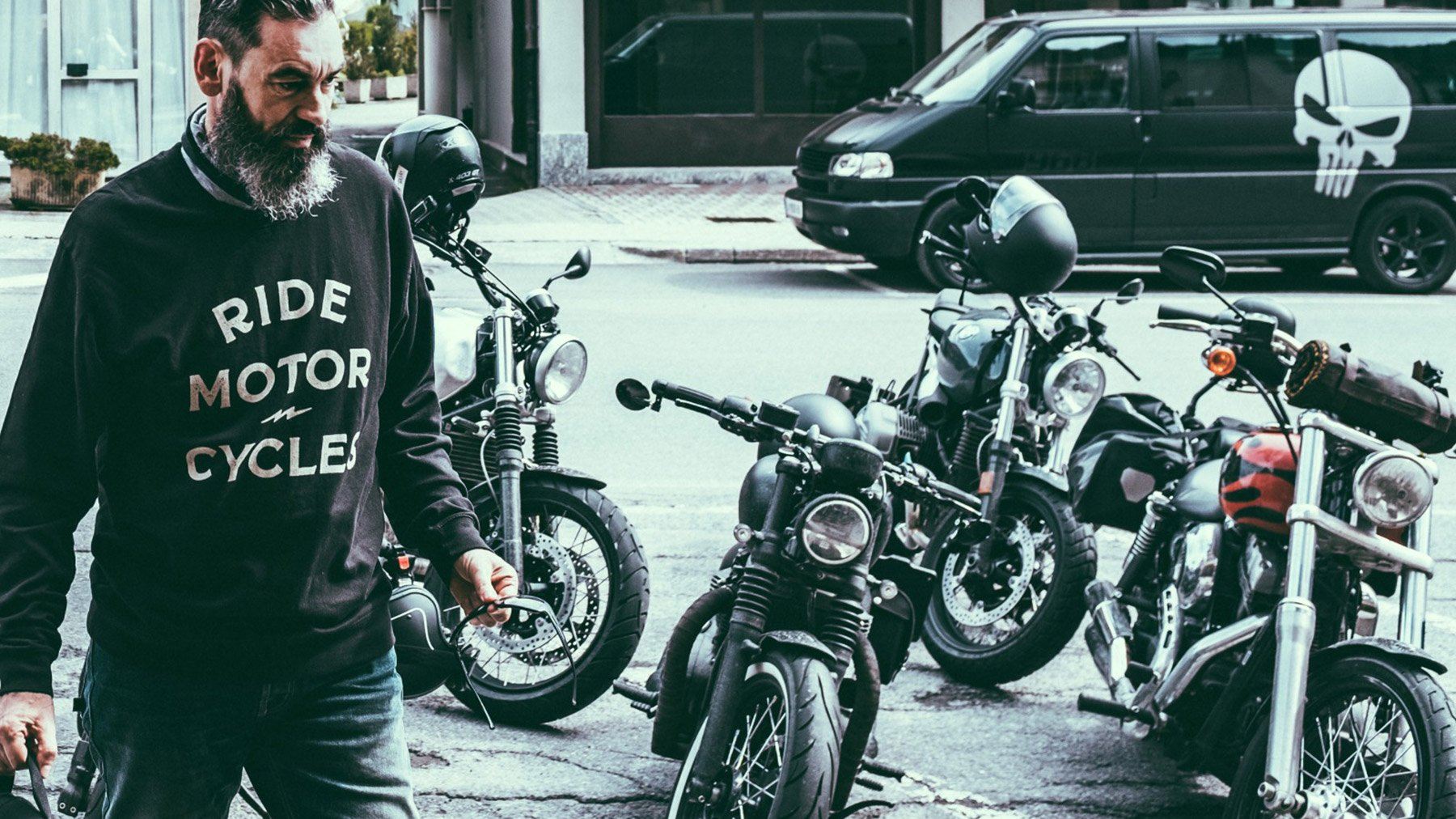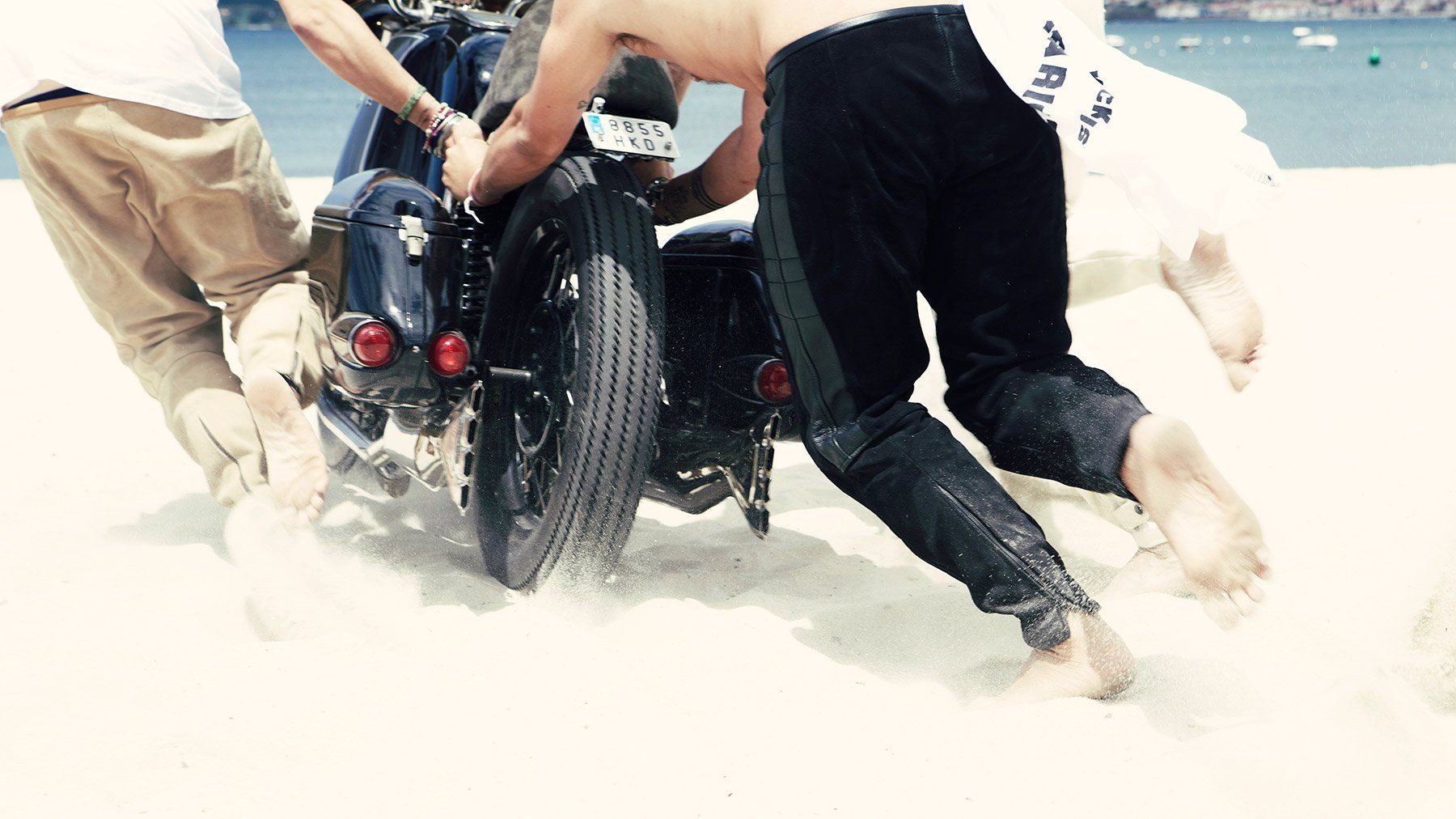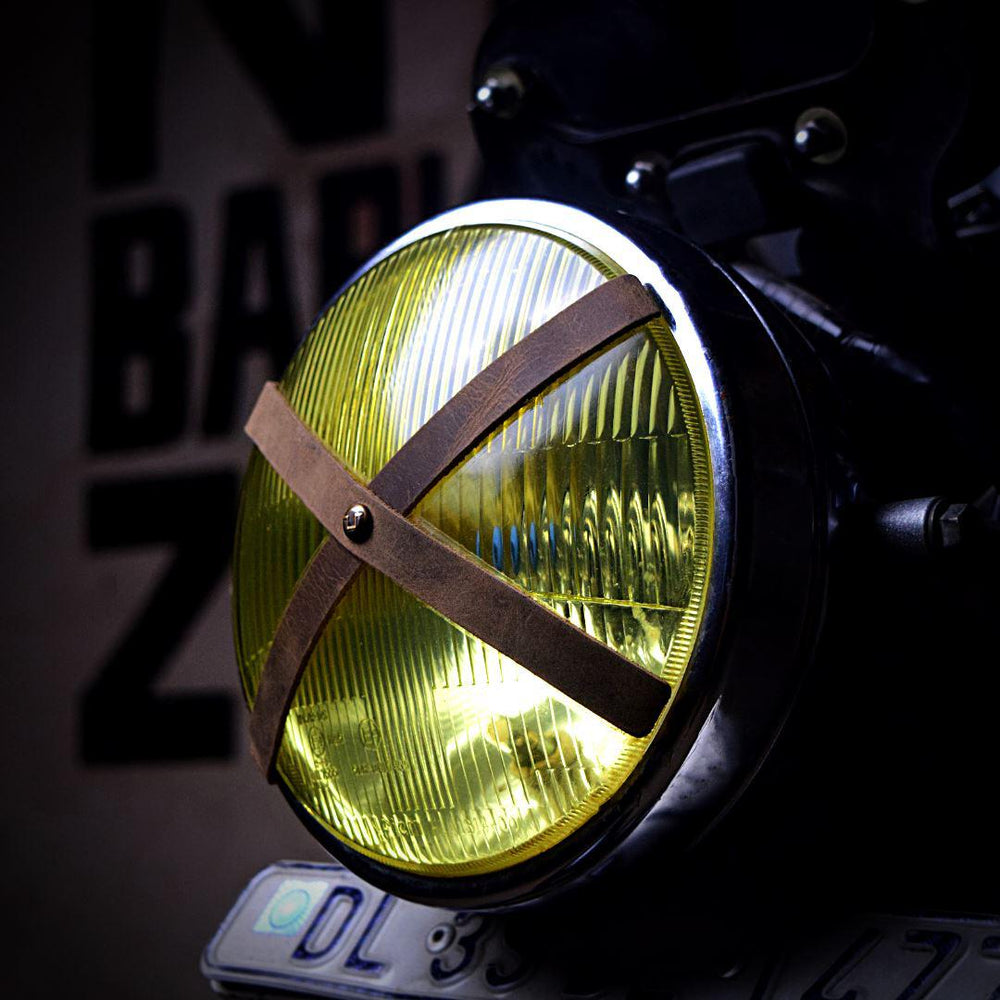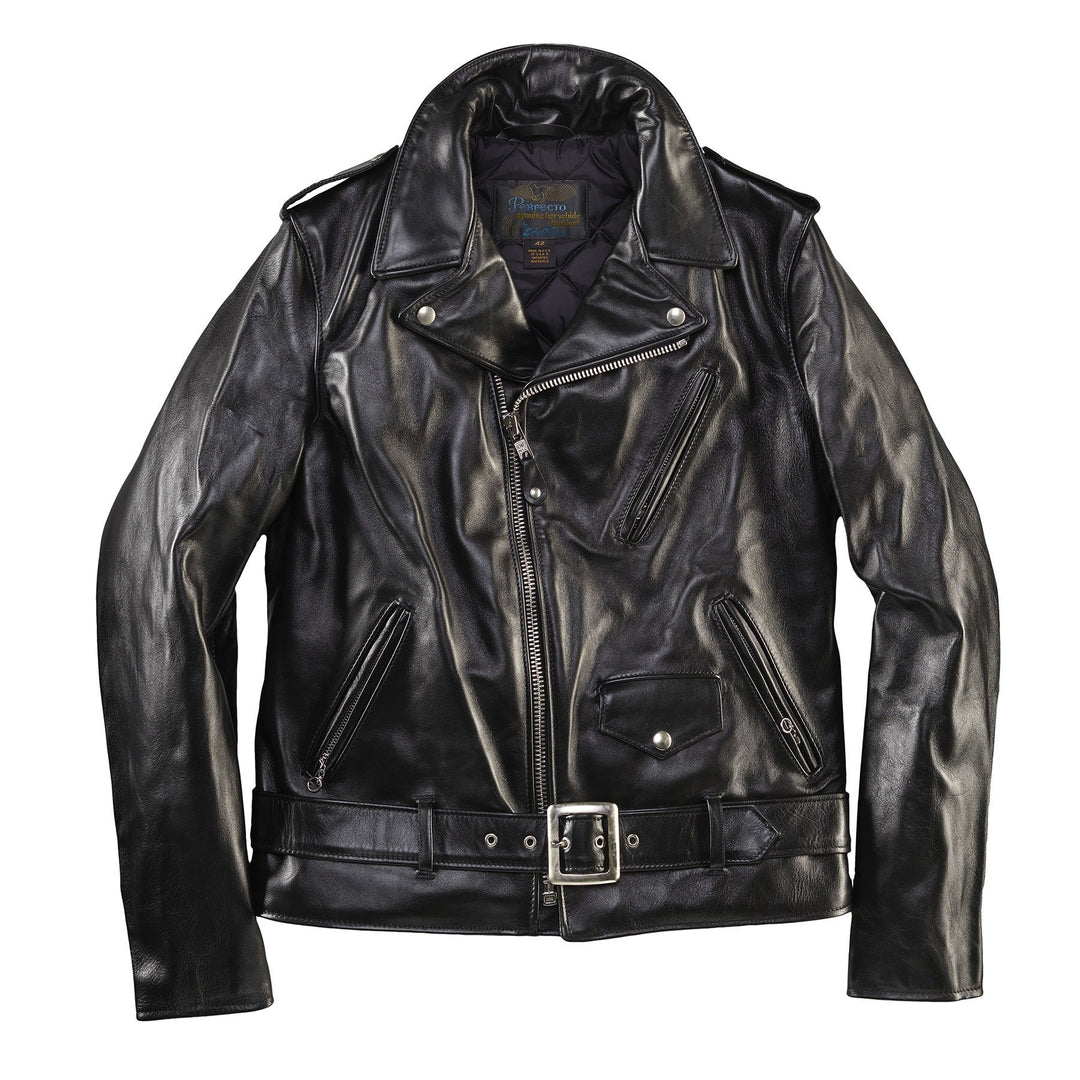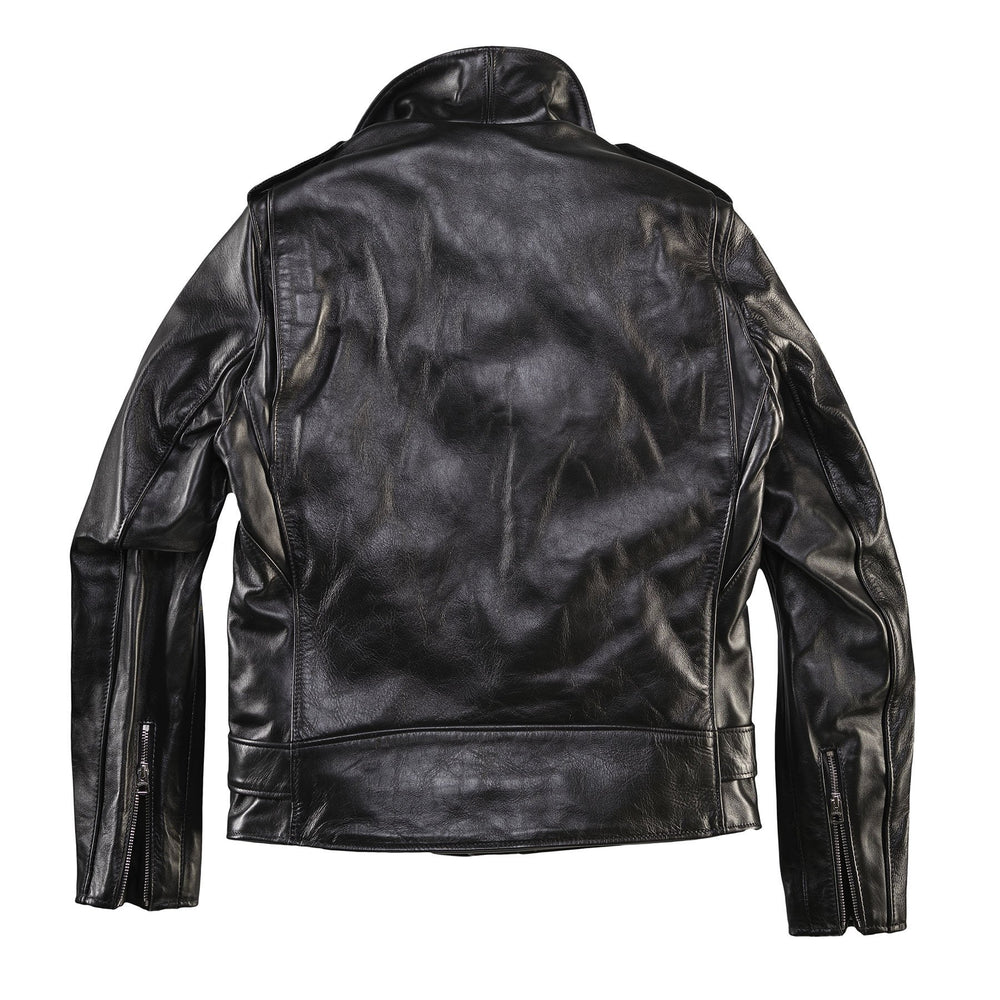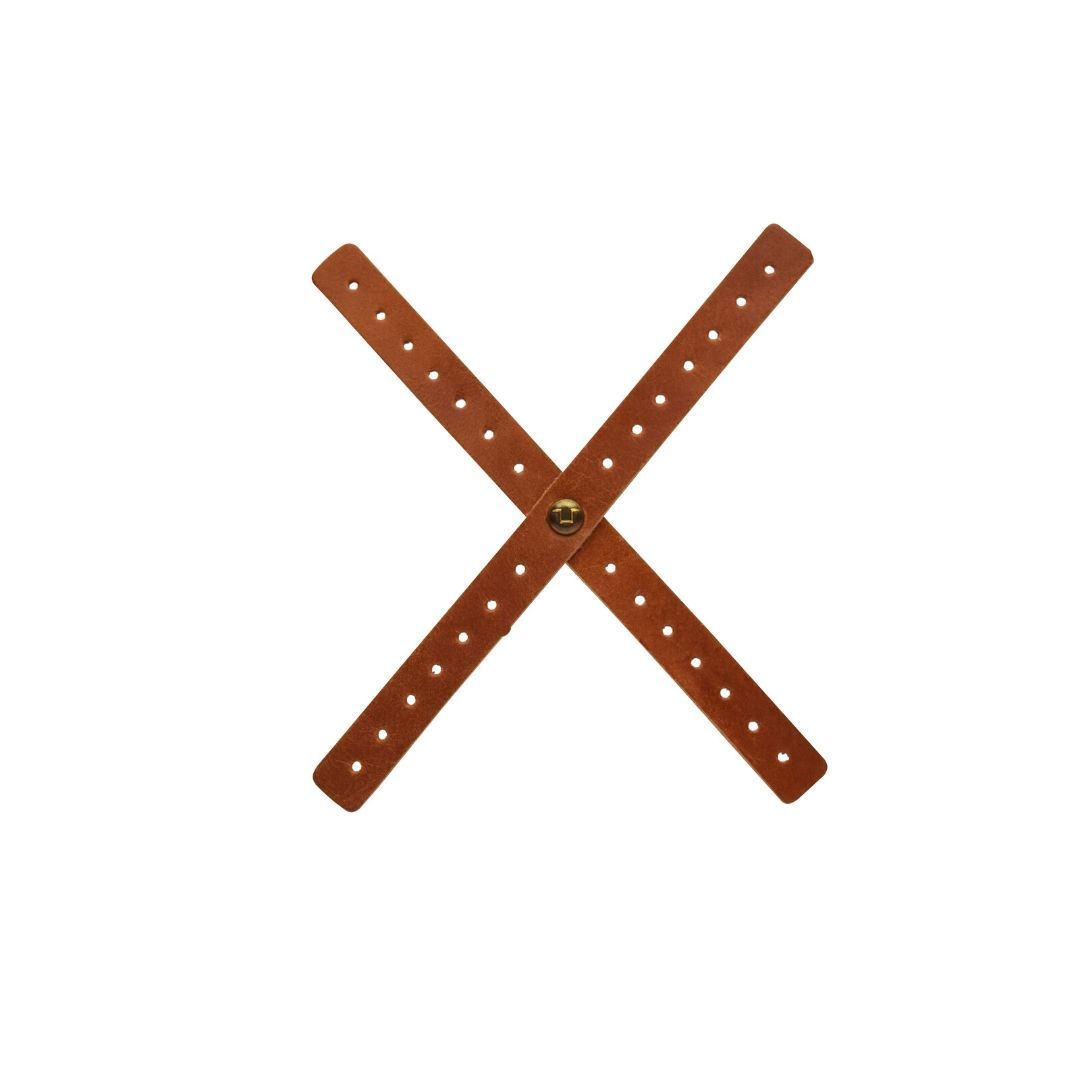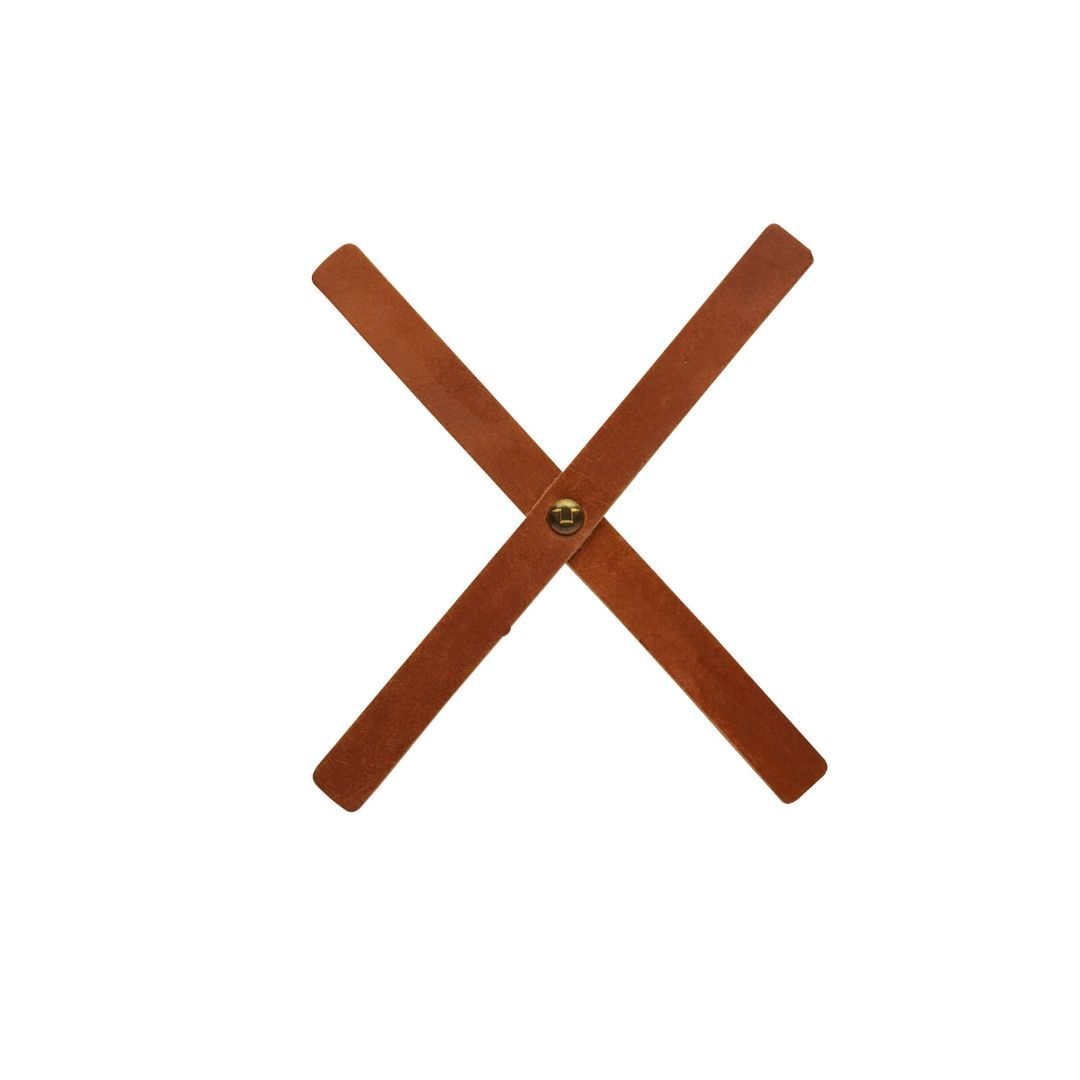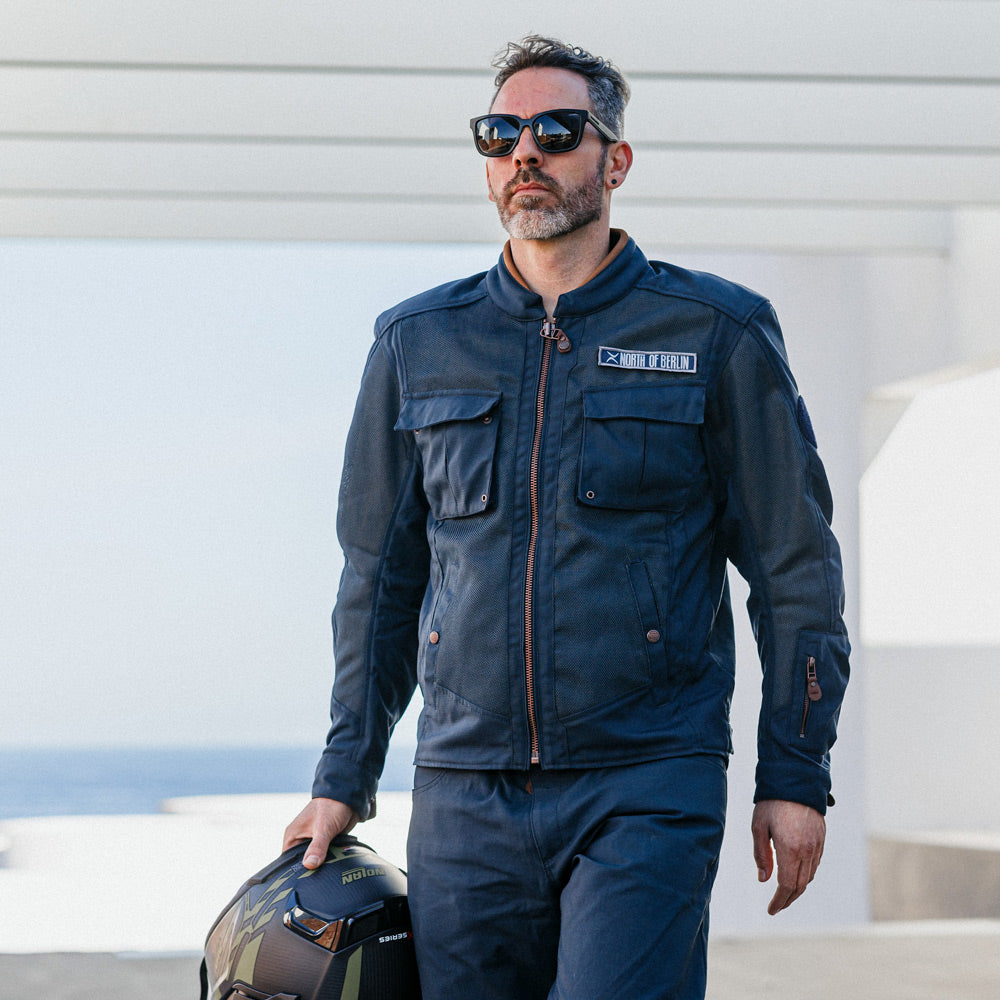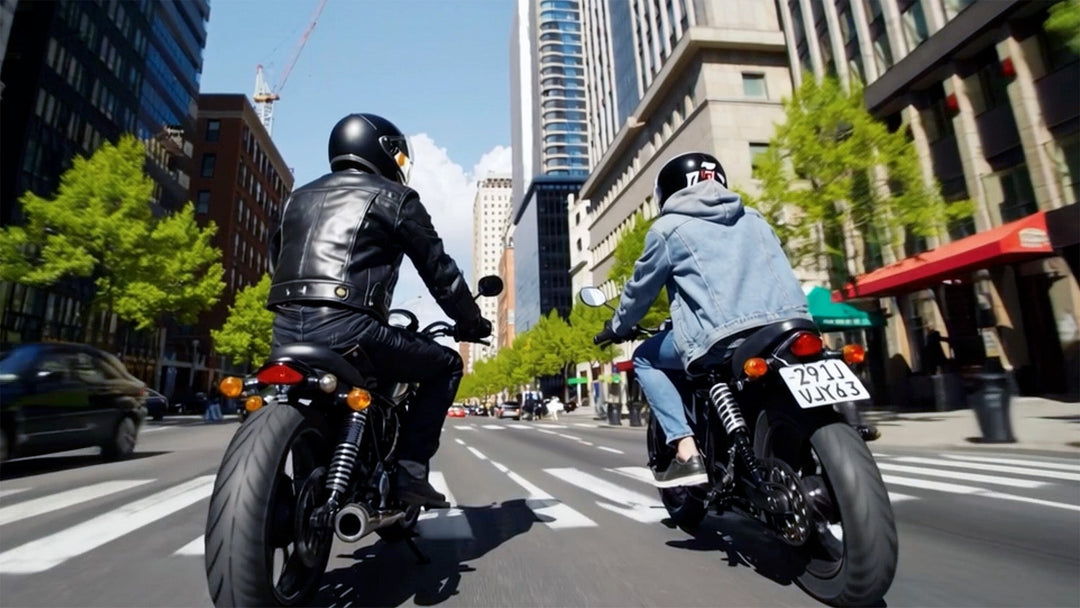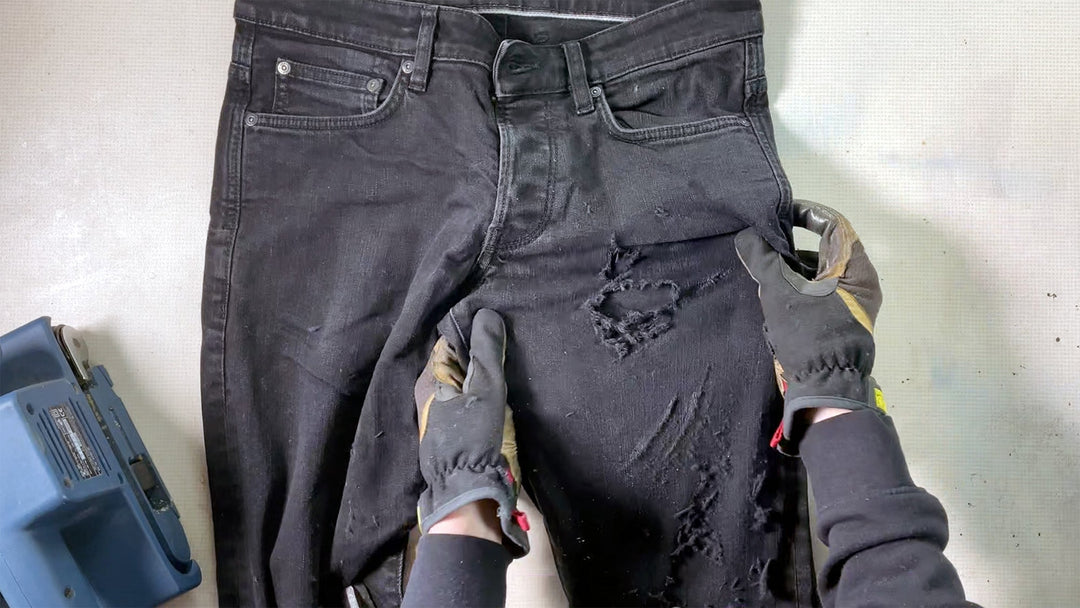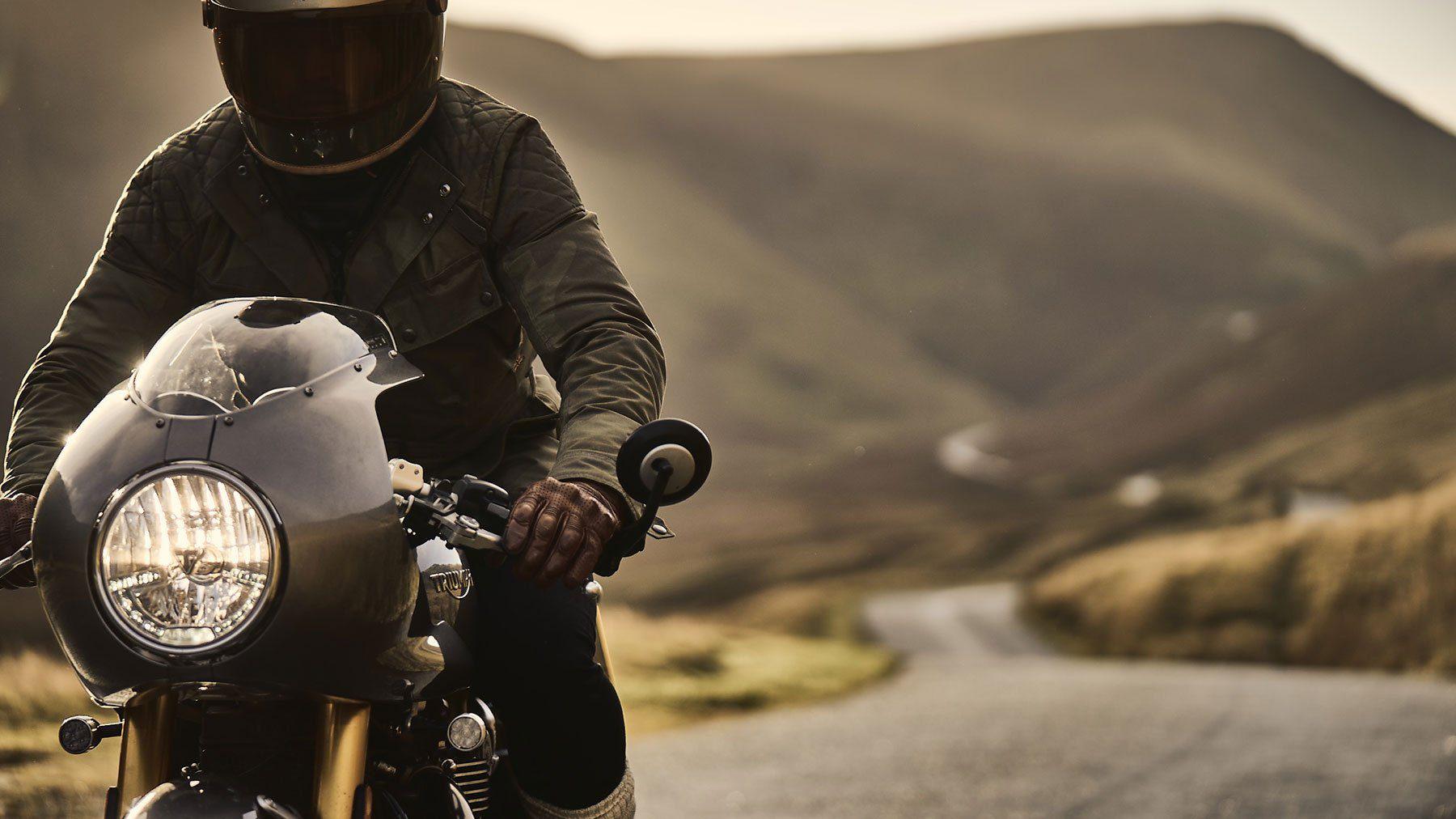
Bobbers & Cafe Racers
The desire for lightness, maneuverability and higher speeds was the basis for the Bobber and Cafe Racer style
While bobbers were a customizing style of the 40s and 50s in the USA, cafe racers only appeared in the 60s in England. Classic bobbers were based on the board track racers and hill climbers of the time. They usually had thick, equally sized balloon tires, and the front mudguard was mounted to the rear, which usually created the "bob", the small outward curve that old Harleys had at the bottom of the mudguard. In summary, everything that was not necessary was left out in favor of lower weight and the then swollen and cumbersome appearance was improved.
Cafe racers were created as sporty conversions of English series motorcycles, also reduced to the essential parts with flat clip-on handlebars, open exhaust and a shortened, sloping seat. The name comes from the street races of the British rockers of the time, which took place in particular at the Ace Cafe. The loud and fast cafe racers were an important symbol of the young rebels for the uprising against the norms of the establishment at the time.
Both styles naturally had an influence not only on the motorcycle industry but also on the clothing industry. While the English rebels were characterized by heavy leather jackets, which they wore for protection during their races, the bobber riders were more reckless, sometimes only wearing striped shirts, similar to the board track racers.
No matter what style you ride today, and whether it's a standard machine or one you've rebuilt yourself, they both have one thing in common:
Reduce everything to the essentials. Only do what really counts.
